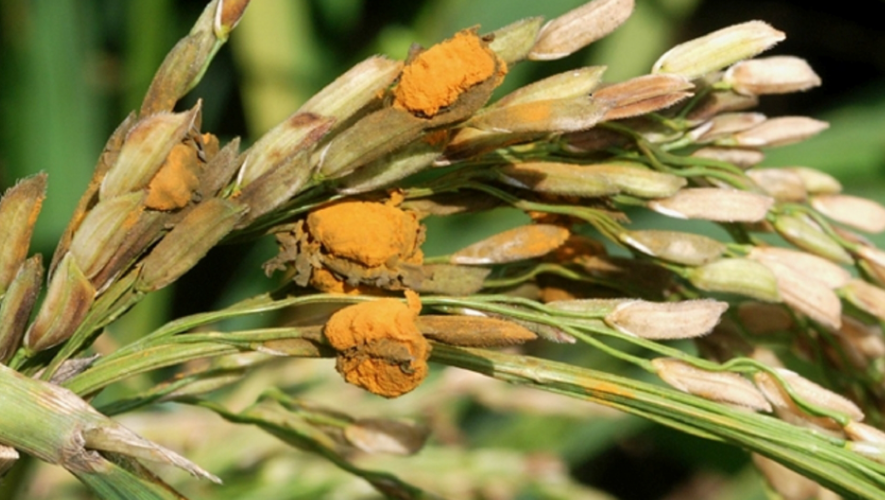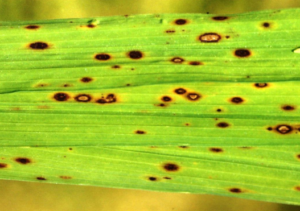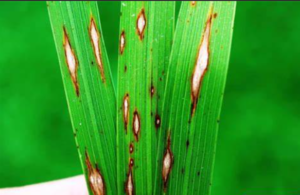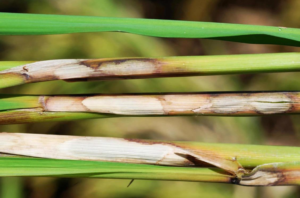False Smut Disease:
Causal organisms: Ustiloginoidea virens
Symptoms:
· False smut disease symptoms are seen on panicle stage.
· Individual grains are transformed into mass of yellow coloured spore.
· Only few grains in panicle are affected and remaining are normal.
· Initially these smut walls are small and later on it increase to the size of 1cm.
Initially these balls are covered by a large than later on this layer break and yellow-colored spores turn orange in color in color. Then again turn yellow green and finally become greenish black.
· These spores present in smut ball are chlamydospores (resting spores that have thick outer layer which help in adverse climatic condition).
· This mass of spores in formed between hills and inside each smut ball, there may be one to four sclerotia present.
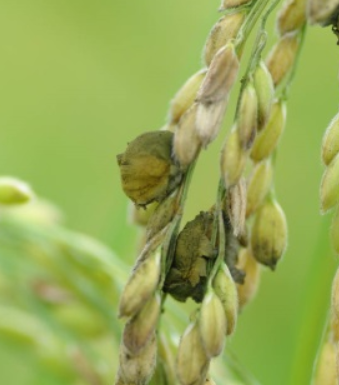


Favourable condition:
· Temperature: 26-28 degree.
· Relative humidity: High
· Continues rainfall.
· High dose of Nitrogen
Disease cycle:
Perennation:
· Through soil and seeds (caring smut balls that contain chlamydospores sclerotia).
Primary infection:
· Through ascospores formed from sclerotia and through chlamydospores.
Secondary infection: through chlamydospores.
Management:
Cultural method
· Grow resistant varieties:
· use disease free seeds.
· Proper sanitation application applies in the field. E.g.: soil solarization.
· Proper spacing maintain row to row and plant to plant.
· Remove infarcted part of the plant.
· Apply good weed management practices.
· Excess application of nitrogenous fertilizer should be avoided.
· Field bunds and irrigation channels should be kept clean to eliminate alternate hosts.
· Early planted crop has less smit balls than the late planted crop.
· Avoid field activities when the plants are wet.
Chemical method
· Spraying of copper oxychloride at 2.5g/L or Propiconazole at 1.0ml/L at boot leaf and milky stage will be more useful to prevent the fungal infection.
· Seed treatment with carbendazim 2.0g/kg of seeds.
· At tillering and pre-flowering stages, spray Hexaconazole@1ml/L or Chlorothalonil 2g/L.
· At tillering and pre-flowering stages, spraying of carbendazim fungicide and copper base fungicide can effectively control the disease.

